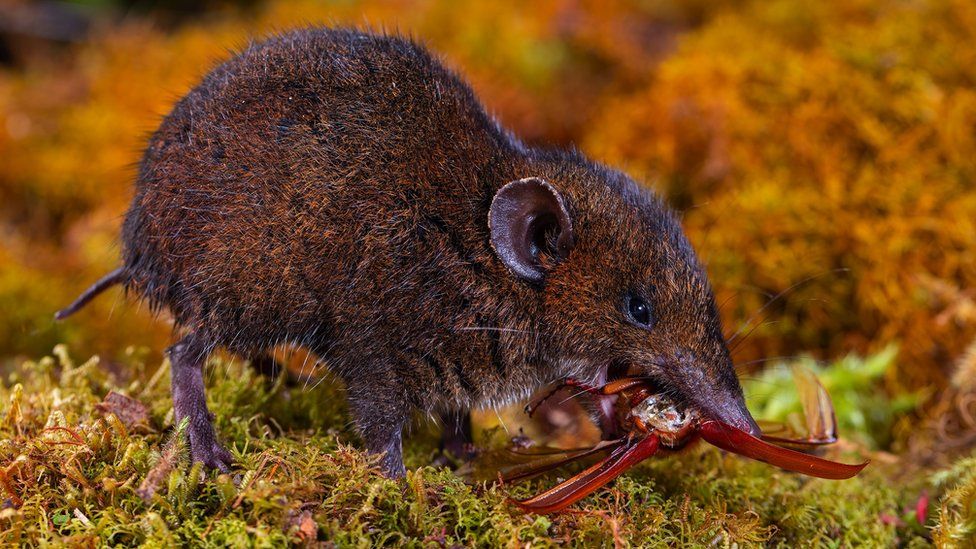-

-
-
Loading

Loading

Scientists have made an exciting discovery in South East Asia, finding five new species of soft-furred hedgehogs. This discovery involved several scientific missions to the animals' tropical forest habitat where they were studied. Additionally, the researchers examined specimens of the mammals that had been stored in museum collections for many years. Through a detailed study, scientists found that two of the animals in the museums were previously unknown species. Three others, which were previously categorized as subtypes of one species, were determined to be distinct enough to be recognized as individual species. This finding highlights the incredible diversity of life on our planet that is still waiting to be discovered. These newly discovered hedgehog species belong to the Hylomys group, which includes all hedgehogs in South East Asia. Prior to this discovery, only two species were known, so the total number has now increased to seven. Unlike spiny hedgehogs, these soft-furred hedgehogs have fur and are small with long noses. The lead researcher, Dr. Melissa Hawkins, emphasized the importance of this discovery in bringing attention to threatened rainforest ecosystems, especially in South East Asia, which has the highest rates of deforestation in the world. Though these creatures may appear similar to the untrained eye, the researchers found key genetic and physical differences, particularly in their heads and teeth. They named one species with long fangs Hylomys macarong, derived from the Vietnamese word for "vampire." In addition to studying the animals in the wild, the researchers also examined specimens from natural history collections across Asia, Europe, and the US. The two newly discovered species, Hylomys vorax and Hylomys macarong, had been tucked away in drawers at the Smithsonian and Drexel University in Philadelphia for several decades. The researchers were able to gather enough genetic material from the three other species, previously categorized as subspecies, to confirm that they were actually distinct species. Each species of Hylomys appears to prefer a slightly different habitat, with some living in lowland forests and others at higher altitudes. This discovery is like finding a valuable work of art in an art gallery or an archaeological site in a city, as it adds value and emphasizes the need to protect these unique and important habitats. The study detailing this discovery has been published in the Zoological Journal of the Linnean Society.